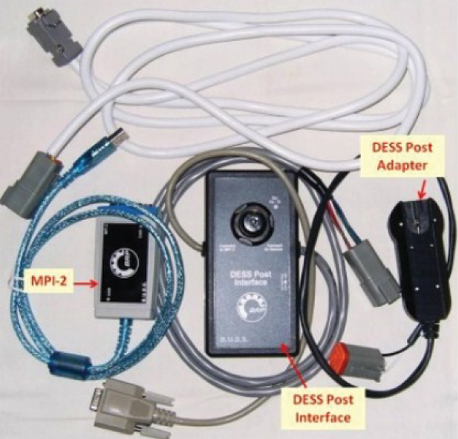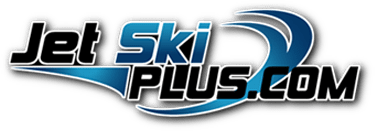BRP BUDS Hardware & Software
Software:
BUDS software is available for download free of charge to BRP dealers. BRP updates the BUDS software periodically throughout the year. These updates include support for new model year products, updates to the diagnostic software, and firmware updates for select BRP models. Dealers log on to the BRP’s BossWeb site and simply download and install the latest version. BUDS is currently at version 3. As previously discussed, the BUDS software will only run in demo mode without the key code and security dongle.
BRP tends to keep several versions of BUDS active at any one time. The model year and product line (SeaDoo, SkiDoo, Sportboat, CanAm, or Spyder) being worked on by the dealer determines what version of BUDS should be used. Sometimes, it can be very confusing to determine what version should be used for what model year or product line. BRP publishes a decoder sheet for the dealers to help them determine which version to utilize.
For ease of explanation, the BUDS software has two fundamental levels of functionality as it applies to SeaDoo and Sportboats. For the following explanations, the words basic and advanced distinguish between the two levels.
The basic level allows just that: basic diagnostics and access. The basic level applies to 2-stroke carbureted SeaDoos and Sportboats. Functionality at the basic level includes DESS key security management, timing adjustment, and general ski information such as ID#’s, Run Time, Purchase History, and Last service info. You can not change the run hour history. You can change the number of hours since the last service and the rental hours.
The advanced level applies to RFI, DI, and 4-TEC skis. In addition to those items at the basic level, you can adjust the TPS (throttle position sensor), monitor the engine while running, activate various components on the ski, read and clear faults, and view the history of the ski, which includes: last 30 seconds run time, minimum and maximum sensor readings, lifetime limp time, RPM lifetime profile, and parts replacement. 4-TECs have some additional functions to the above. The most dramatic difference is the ability to flash new firmware to the ECU and 2006 and newer display gauge clusters. Beyond that, the 4-TECs have some additional features to enable functions such as trim or bilge pumps and binding the gauge cluster to the ECU.
Hardware:
The BUDS hardware for SeaDoo, Sportboats, and Ski-Doo consists of several components: the MPI, DESS Post Interface, DESS Post Adapter, and several interconnect cables. The other BRP product lines utilize only the MPI. The dealers purchase these components from BRP. They are not intended to be sold to the general public. The following picture identifies the various components.

The MPI, as discussed previously, is a security dongle and the only component of the BUDS system that connects to a computer via a USB connection. The DESS post interface is utilized to program DESS keys. On the newer models with I-Control, BRP has eliminated the need for the DESS post interface for key programming. I-Control equipped skis to use the native DESS post on the vehicle to program keys.
Since the DESS key security system was introduced in 1995 by BRP; SeaDoos have utilized three different protocols for communications between the BUDS system and the vehicle’s on board computer (MPEM or ECU). The model and year of the vehicle determine which protocol and hardware (MPI, DESS post interface, DESS post adapter) is utilized to communicate between the BUDS system and the vehicle. In chronological order, the three protocols are DESS, 947DI, and KW2000.
The DESS protocol is used on 2-Stroke carbureted and 2004 and older RFI skis to communicate. On 2-Stroke carbureted skis you must use the DESS post adapter to physically connect to the native DESS post on the ski. You can utilize either the DESS post adapter or a 4-wire harness on the RFI skis. The BUDS software utilizes these connections to communicate with the ski’s MPEM.
The 947 DI protocol utilizes the communications port, which is typically located close to the MPEM. It’s a six-wire grey connector. This protocol is utilized on all DI SeaDoos.
The KW2000 protocol, commonly known as CAN, is utilized on all 4-TECs and the 2005 RFI SeaDoos. Similar to the 947 DI protocol, it only utilizes the communications port and does not utilize the DESS post adapter.
Other than I-Control equipped SeaDoos, you must use the DESS post interface connected in series between the MPI and vehicle to program keys regardless of protocol.
